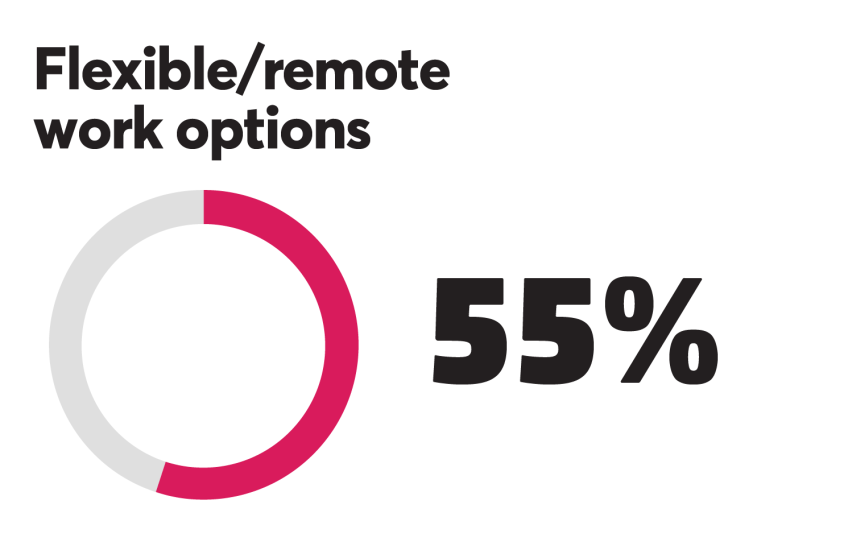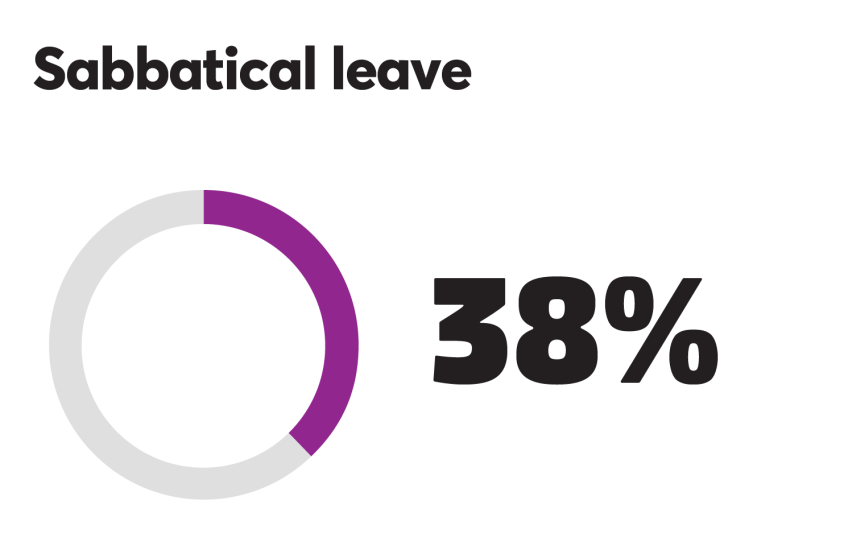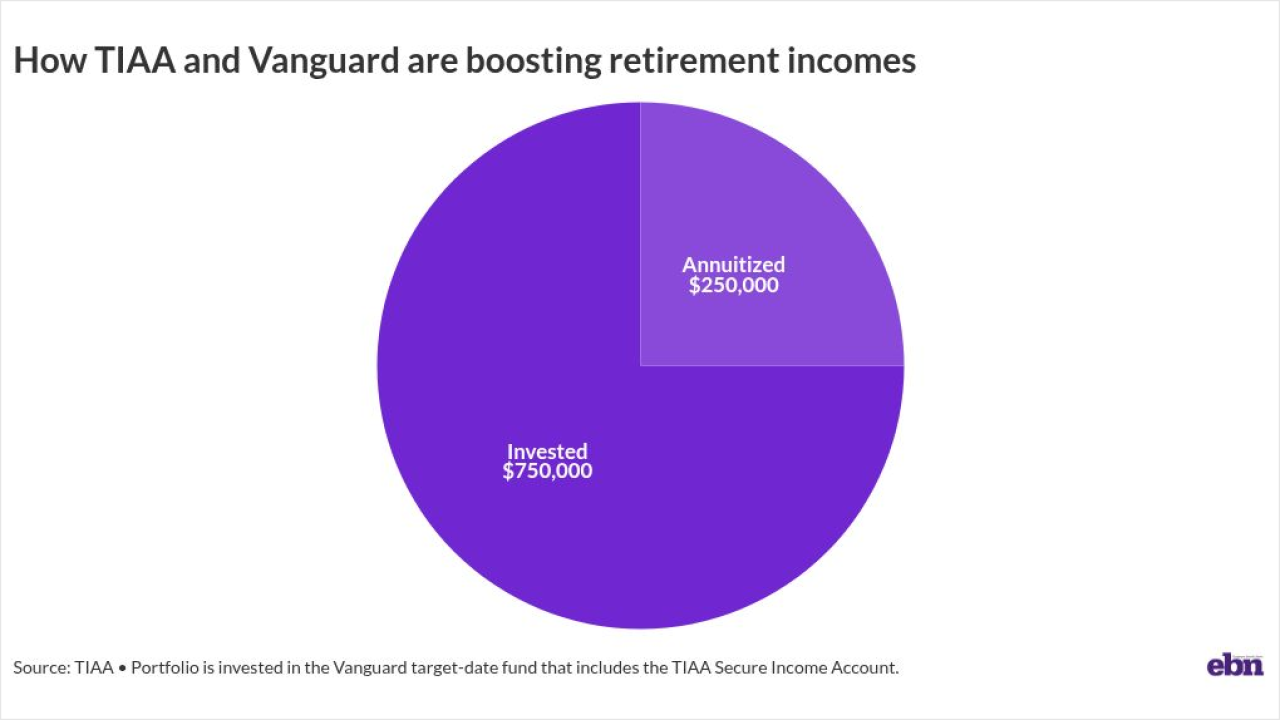
Forget onsite gyms, health coaching and pet-friendly offices. The most coveted employee benefits have to do with time away from the workplace. That’s the conclusion of a poll of 1,227 working adults from benefits provider Unum, which found that the most desired perks have to do with flexible work options and absence management.
Read More:
The company gave survey participants a list of 15 perks — that were non-insurance or retirement benefits — and asked the survey participants to choose their top five options. These are the 15 benefits, ranked by popularity.

Read Also:
A number of large employers have added or enhanced paid parental leave programs in the last year.

Read Also:
Such benefits have seen a big growth kick in the last few years. According to SHRM, more than two-thirds (70%) of organizations now offer some type of telecommuting, either on a full-time, part-time or ad-hoc basis, up from 62% last year and 59% in 2014.

Meanwhile, according to Kaplan Financial, employers who offer professional development also benefit with increased retention, easier succession planning and greater efficiency.

Despite its popularity among employees, only 5% of employers offer paid sabbaticals, according to SHRM. Facebook is among them. Its program, dubbed Recharge, allows employees to take 30 days of paid time off every five years.
See also:

“Exercise can help people avoid many chronic health conditions, including obesity, heart disease, high blood pressure and a variety of cancers,” Stogner says. “It also can help tremendously with mental health, improving mood and morale." And from the employer’s perspective, healthier employees are "more productive and take fewer sick days, and may also help the company control its health insurance costs.”

A growing number of employers, including
See also:

These are superior options to high-sugar, low-nutrient vending machine snacks that can cause a sugar crash, leading to fatigue, difficulty concentrating, headache and irritability, and lower levels of productivity for employees.”


Financial wellness resources can include training on debt reduction, asset management and saving for current and future needs, such as purchasing a home, financing their children's education or preparing for retirement, Unum says. About a quarter of organizations offer employees financial/investment advice online, one-on-one or in a group or classroom setting, according to SHRM.



Read Also:
“Our employees are not shy about asking us about things they want us to offer,” Christine Buczek, director of benefits for Indiana University Health, an Indianapolis-based medical organization with some 30,000 employees distributed among 15 hospital systems, told EBN last year. Pet insurance is one of those “things they want” and has been on IU Health’s menu since it was first offered in 2009.
See also:

See also:

Read More:
The percentage of employers offering health coaching jumped to 72% in 2017, from from 63% in 2016, according to consulting firm Korn Ferry and HR association WorldatWork.

According to SHRM, 22% of employers offer paid time off for volunteering; 20% offer paid time off to serve on the board of a community group or professional association, and 42% offer community volunteer programs.
See also:





